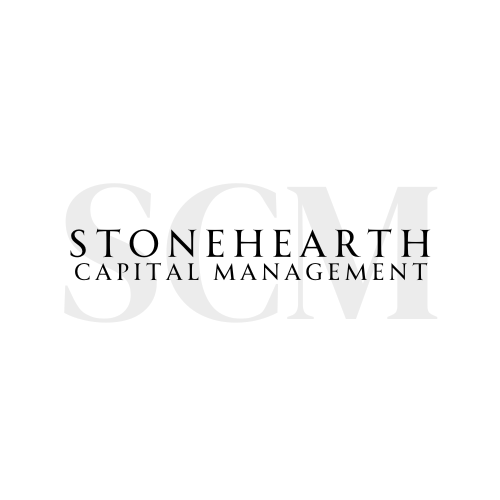Fourth Quarter 2024
Key Events
As many investors predicted, it was a volatile quarter for most asset classes. Markets drifted aimlessly as we approached the election. After Trump won the election, US markets (SPY, orange line below) rallied higher. The same could not be said for international markets (VEA & VWO, purple & green lines below) which dropped like a rock as the probability of tariffs and lower exports began to sink in.
The final noteworthy event this quarter took place in December when the Fed projected fewer rate cuts ahead, surprising investors. Wall Street ended the year on a sour note, with no holiday rally to lift spirits. For most asset classes, it was a disappointing quarter.
The chart below helps illustrate how each of the major asset classes, and a moderate risk diversified portfolio, performed throughout the quarter.
YCHARTS, January 8, 2025
Here are some further details about each product that was used to represent each asset class.
VEA, Vanguard FTSE Developed Markets: This product represents the developed international equity/stock market.
SPY, SPDR S&P 500: This product represents the US equity/stock market.
VWO, Vanguard FTSE Emerging Markets: This product represents the emerging equity/stock market.
AOR, iShares Growth Allocation: This product represents a moderate risk diversified portfolio. This product does not necessarily match how your diversified portfolio is allocated. You can find your allocation within the report that we send you each quarter
Historical Market Perspective
Clients often ask us where markets are headed. Rather than let the news of the day influence our views, I think it makes more sense to gain some perspective on what history has to say. I’ve shared this chart before. It’s called the S&P 500 Cycle Composite for 2025. It combines performance dating back to 1928 with a focus on the 1-year, 10-year, and presidential cycles. It provides a visual guide to see when markets, on average, have sold-off, plateaued or rallied. This data is only helpful if history repeats itself, which it often does, and why we incorporate it into our toolbox. It looks good.
Ned Davis Research (NDR), Chart S01666
Recession Risk Assessment
Markets perform best when the risks of a recession are low, and worse when risks are high. I included the chart below in last quarter’s newsletter, which at the time showed the risks of a recession were rising, but still very low. An updated look through 11/30/2024 shows that risks have turned and are now even lower (bottom right-hand corner of the chart), which is usually a good sign for stocks.
Ned Davis Research (NDR), Chart E0046C
It’s Not All Roses
In 2022, inflation peaked at 9.1%, while at the same time the market (S&P 500) corrected -18.11%. Fortunately, inflation has fallen a lot since, which has contributed to the market’s recovery in both 2023 and 2024. I’m concerned that inflation might start trending higher over the next 12 months.
Two of Trump’s primary pledges to voters were to deport all undocumented immigrants (estimated to be 10 million people) and to increase/add tariffs. Both pledges will likely result in higher inflation for US consumers, which could put pressure on stocks once again.
The Federal Reserve is watching inflation closely and has already reduced the number of anticipated rate cuts in 2025 from 4 down to 2. If inflation comes in hotter than expected, then rate increases may be back on the table.
Fortunately, the US economy entered 2025 from a position of strength. This strength often allows the economy to absorb headwinds as they come. Right now, I believe the path of least resistance is for the stock market to continue to trend higher on the back of a strong US economy. When this changes, we will make the necessary adjustments (using our hedging protocol, described next) to your portfolio.
Hedging Protocol (Risk Management Tool)
Our hedging protocol looks at 49 different indicators that have been selected based on their historical track record at identifying market risk (past performance is not indicative of future results). 34 of these indicators come from Ned Davis Research (NDR), an independent research group, and the remaining 15 indicators were chosen by our investment committee to complement NDR’s indicators. Together they provide us with the ability to observe risk as it unfolds to help us determine if trades are needed to manage risk within your diversified portfolio.
Below is our stock/equity exposure for each risk profile from the beginning to the end of the quarter:
We continue to monitor each of the indicators for guidance on how much risk we should be taking within your portfolio. We will be sure to let you know if/when we make changes to our hedging protocol, but for the time being, we are happy with how we have your portfolio positioned.
Upcoming Events
CIO’s Corner: Quarterly Update Webinar with Chief Investment Officer, Chris Gauthier, CFA
January 22, 2025 at 12:00 PM EST




